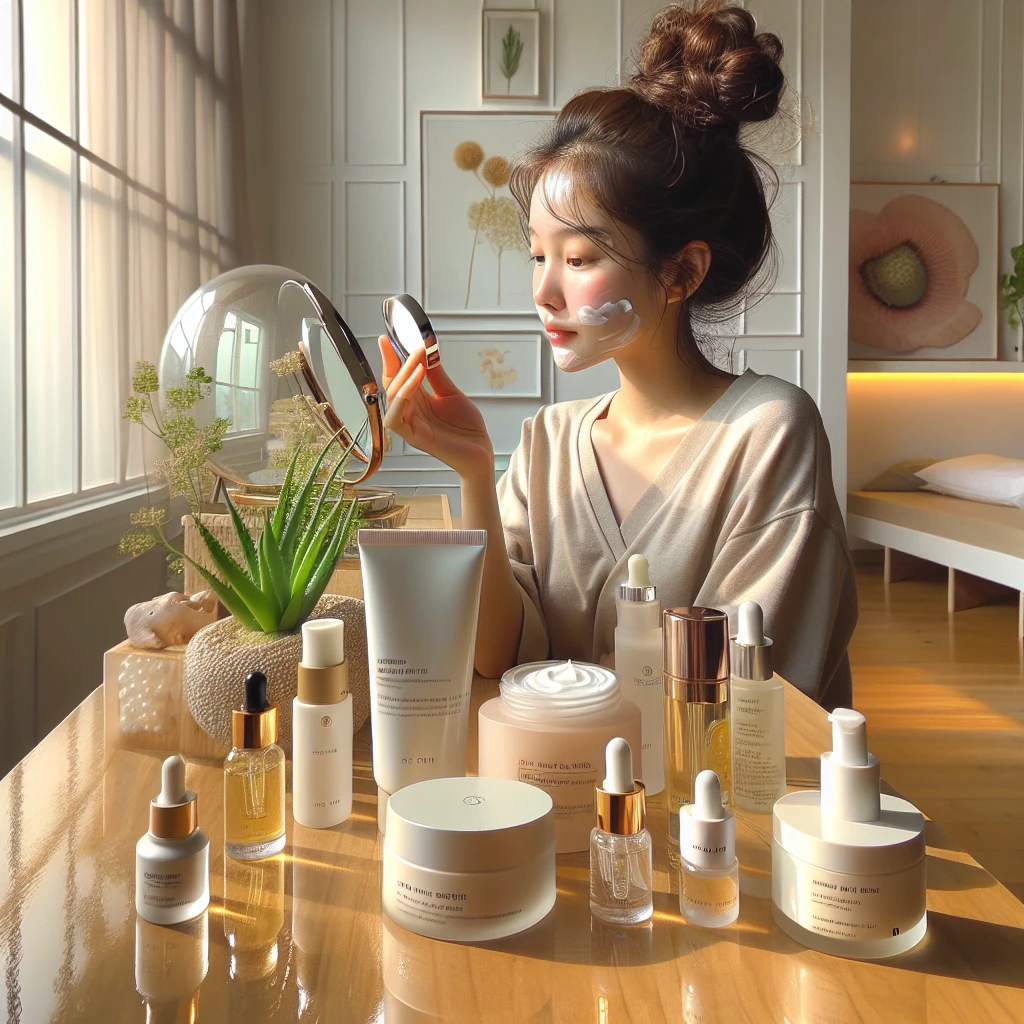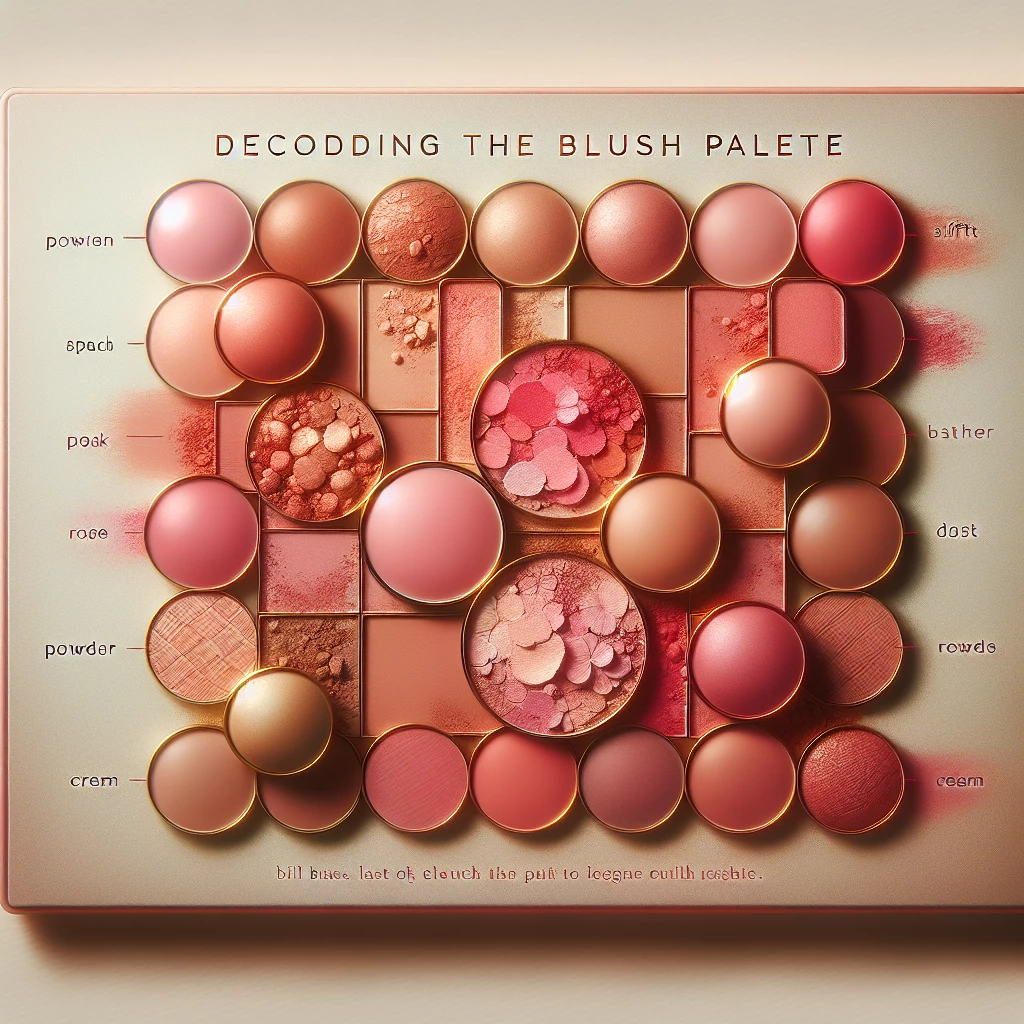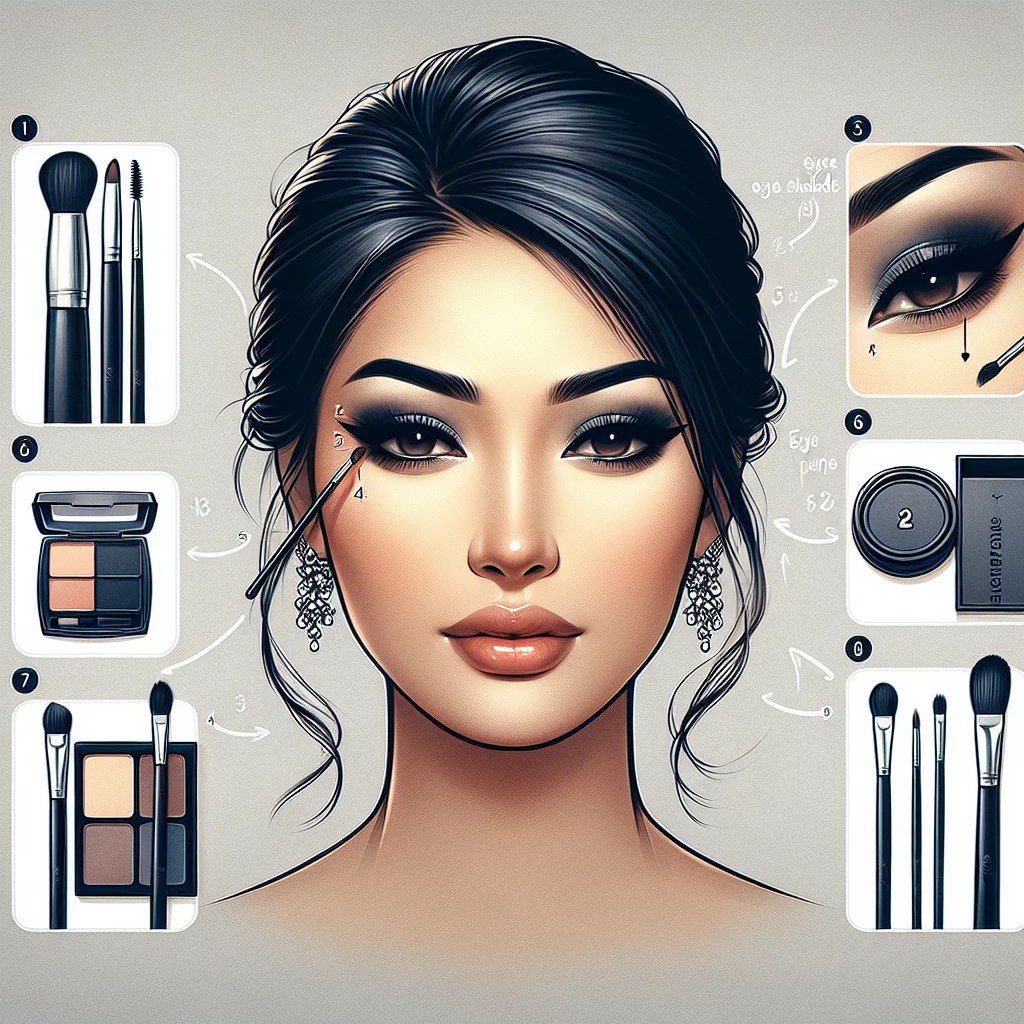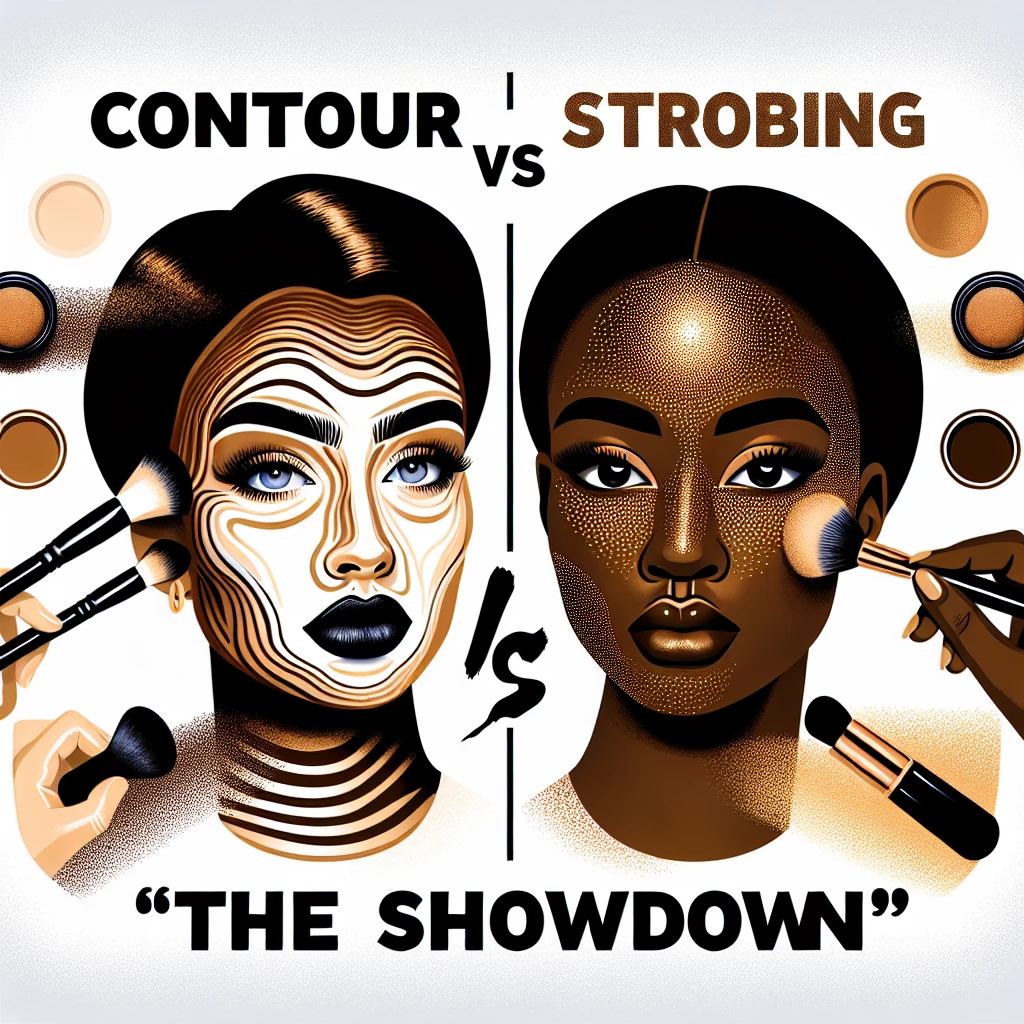Welcome to Makeup Queens, the ultimate destination for beauty lovers. Our discussion today revolves around two groundbreaking makeup techniques that have revolutionised face makeup: Contouring and Strobing. While both serve to enhance your facial features, they have distinct methods and results. This beauty comparison provides you with a comprehensive guide on what each technique entails, their differences, and how to decide which one to settle for based on your personal style and facial features.
Understanding Contouring
First up in our showdown is Contouring, a technique that uses darker and lighter shades to 'sculpt' and add dimension to your face. The main aim of this technique is to manipulate light and shadows to highlight your best features while downplaying the less flattering ones. It requires more product and skill to execute, but when done correctly, the results are stunning.
Contouring works by applying a foundation that is two shades darker than your skin tone in areas you would like to define or reshape such as the hollows of your cheeks, sides of your nose, temples, and jawline. Areas that naturally catch light, like your under-eyes, forehead, brow bone, and chin should be highlighted with a lighter concealer. Finally, blending it all seamlessly together to leave you with a naturally sculpted look.
This technique can transform your face dramatically, making it an insider's favourite for big events, photo shoots and professional makeup artists. However, it can be a bit daunting for beginners due to its precision and the amount of product used.
Demystifying Strobing
On the other side of our showdown is strobing, a technique that is often described as contouring's bright and luminous counterpart. Instead of playing with both light and darkness as in contouring, strobing focuses solely on highlighting and enhancing the places where light naturally hits your face.
To achieve a strobing effect, you’ll want to apply a liquid or cream illuminator on parts of your face where light would naturally hit: the tops of your cheekbones, bridge of your nose, center of your forehead, cupid's bow and chin. The result is a radiant, dewy finish, that when paired with minimal makeup elsewhere, creates a youthful, fresh-faced look.
Strobing is a great technique for creating a natural glowing look suitable for day wear and casual events. It's also a dream technique for makeup novices, given that it involves fewer products and steps.
Contouring vs Strobing: How to Choose?
Now that we’ve dissected both contouring and strobing, how do you decide which one to settle for? It essentially boils down to your personal style, occasion, and level of makeup skills. If you desire more defined and sculpted look or prepping for an evening event, contouring may be the way to go.
On the other hand, if you are aiming for a natural, dewy finish for a daytime event, strobing could be your best bet. It's also worth remembering that strobing works wonders on dry skin, while contouring is better suited for oily skin as it tends to absorb excess oil.
Of course, these are not hard and fast rules. Feel free to mix and blend both techniques to meet your unique beauty needs. You're the artist!
To sum it up, both contouring and strobing serve to enhance and highlight your facial features in different ways. Contouring works to add depth and dimension, giving you a more defined, sculpted look. Strobing, on the other hand, aims to achieve a luminous glow while keeping things simple and fresh. At the end of the day, whichever technique you choose, remember it's all about embracing your unique features and enhancing your natural beauty. Stay gorgeous, Makeup Queens!

The Magic of K-Beauty
Explore the trend of Korean beauty and what makes it a global phenomenon.

Decoding the Blush Palette
A comprehensive guide to using different shades of blush for various skin tones.

Creating Smokey Eyes: A Guide
Understand the art of achieving the perfect smokey eye look for any occasion.

Unmasking Lip Gloss Trends
Dive into the world of lip gloss, tracking its evolution and the latest trends.
